Part Analysis
| General Data | |
| Manufacturer (OEM) | Huntkey |
| PCB Type | Double-Sided |
| Primary Side | |
| Transient Filter | 4x Y caps, 2x X caps, 2x CM chokes, 1x MOV |
| Inrush Protection | 1x NTC Thermistor SCK207R0 (7 Ohm @25°C) & Relay |
| Bridge Rectifier(s) |
2x GBJ1506 (600V, 15A @ 100°C)
|
| APFC MOSFETs |
2x Silan Microelectronics SVS20N60TD2 (600V, 12A @ 100°C, Rds(on): 0.19Ohm)
|
| APFC Boost Diode |
1x STMicroelectronics STPSC4H065D (650V, 22A @ 25°C)
|
| Bulk Cap(s) |
1x Elite (450V, 470uF, 2000 @ 105°C, PL(M))
|
| Main Switchers |
2x Infineon IPA60R190P6 (650V, 12.7A @ 100°C, Rds(on): 0.190Ohm)
|
| PFC/LLC Resonant Combo Controller |
NXP TEA2017
|
| Topology |
Primary side: APFC, Half-Brigde, LLC Resonant Converter
Secondary side: Synchronous Rectification & DC-DC converters |
| Secondary Side | |
| +12V MOSFETs | 6x Alpha & Omega AONS66402 (40V, 135A @ 100°C, Rds(on): 1.6mOhm) |
| 5V & 3.3V | DC-DC Converters: 4x Infineon BSC022N03S (30V, 50A @ 100°C, Rds(on): 2.2mOhm) PWM Controller(s): 1x ANPEC APW7159C |
| Filtering Capacitors | Electrolytic: 5x CapXon (2-5,000h @ 105°C, GF) 1x Elite (6-10,000h @ 105°C, EDJ) 1x Aishi (3-6,000h @ 105°C, RF) 1x Aishi (2000h @ 105°C, L7) Polymer: 7x Apaq, 1x Polycap, 8x BIOSTAR, 8x |
| Synchronous Rectifier IC | Monolithic Power MP6924 |
| Supervisor IC | Infsitronix IN1T703I-SDG |
| Fan Model | Hong Hua HA13525H12F-Z (135mm, 12V, 0.50A, Fluid Dynamic Bearing Fan) |
| 5VSB | |
| Rectifier |
2x PanJIT SR34LF SBR (40V, 3A)
|
| Standby PWM Controller |
IN2P380C
|
The 1000W and 850W models are manufactured by Channel Well Technology, one of MSI’s strongest partner OEMs. For its reasons, MSI decided to use a platform provided by Huntkey for the 750W and 650W models. Huntkey is one of the largest original equipment manufacturers (OEMs) of power supply units (PSUs) in China, currently active within the country of origin. I recall Huntkey attempting to enter the Western market several years ago with a high-end platform, although it wasn’t well-suited for this market.
The PCB looks empty, especially on the secondary side. This is one of the few instances where the VRMs regulating the minor rails are not located on a daughter board, but are installed directly on the main PCB. All in all, this platform effortlessly reveals its affordable orientation. The good thing is that with so empty space, the fan’s airflow is unobstructed, so there is no need for a strong fan and an aggressive speed profile.
The transient filtering stage contains all the necessary components to block both incoming and outgoing EMI emissions. Typically, it starts at the AC receptacle and continues on the main PCB.
There is an MOV to protect from voltage surges and an NTC thermistor with a resistance of 7 ohms. Moreover, a bypass relay supports the NTC thermistor.
The two GBJ1506 parallel bridge rectifiers can handle up to 30A combined.
The APFC converter uses two Silan Microelectronics SVS20N60TD2 FETs and one STMicroelectronics STPSC4H065D boost diode. Elite manufactures the bulk capacitor. Its capacity is 470 μF, and it is rated for 2,000 h at 105 °C. It’s nice to see a 450V capacitor instead of a 400V or 420V one. Note that the APFC’s DC bus voltage is approximately 380V DC, so 400V-rated bulk caps are not ideal.
The PFC/LLC combo controller is an NXP TEA2017.
The two Infineon IPA60R190P6 primary switching FETs are installed in a half-bridge topology, and an LLC resonant converter is used for higher efficiency.
The PSU’s main transformer. Besides lowering the voltage level close to the nominal level of the 12V rail, it also provides electrical isolation to the primary and secondary sides.
Six Alpha & Omega AONS66402 FETs regulate the 12V rail. They are installed on the business (top) side of the main PCB, and Huntkey didn’t bother using any heatsinks to cool them down. Although they will do just fine on their own, heatsinks can help lower the fan’s speed and noise even further at high loads.
The MP6924 replaces diodes in the secondary side of LLC resonant converters, improving efficiency. In other words, this is the IC driving the 12V FETs.
Two DC-DC converters generate the minor rails. They use four Infineon BSC022N03S FETs. The PWM controller is an ANPEC APW7159C.
CapXon, Elite, and Aishi provide the electrolytic filtering capacitors. The polymer caps are by Apaq, Polycap, BIOSTAR, and another brand, which I was unable to identify.
You can find more information about capacitor performance and other specs below:
The standby PWM controller is an IN2P380C, and the secondary side rectifiers look to be two PanJIT SR34LF.
Several polymer caps at the face of the modular panel form an extra ripple-filtering layer.
The supervisor IC, an Infsitronix IN1T703I-SDG, is far from my camera’s view.
The soldering quality looks good.
The cooling fan is a Hong Hua HA13525H12F-Z, utilizing a fluid dynamic bearing.

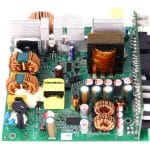
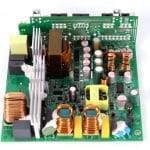
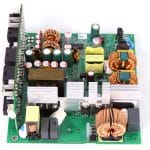
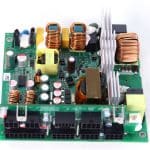
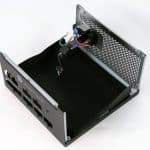
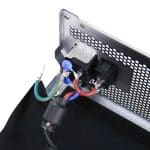

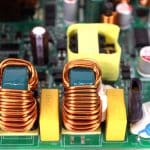
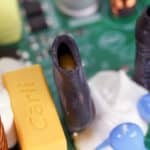
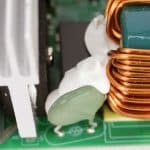
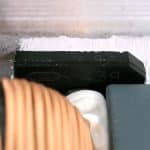
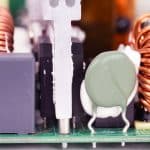
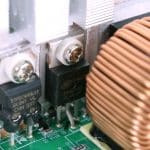
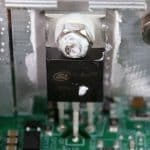
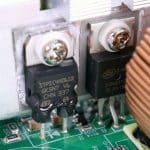
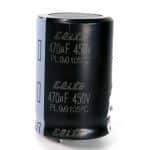
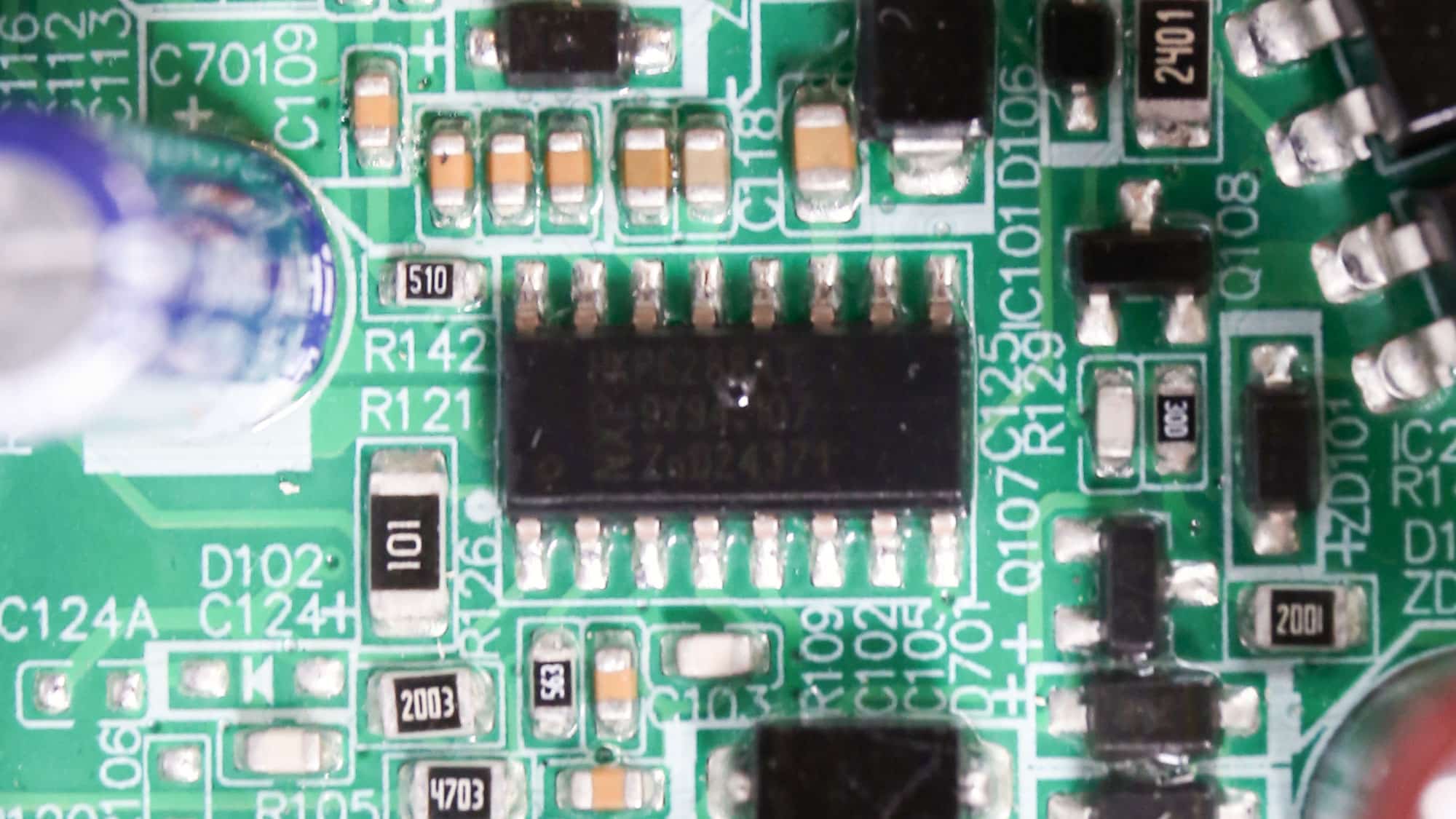

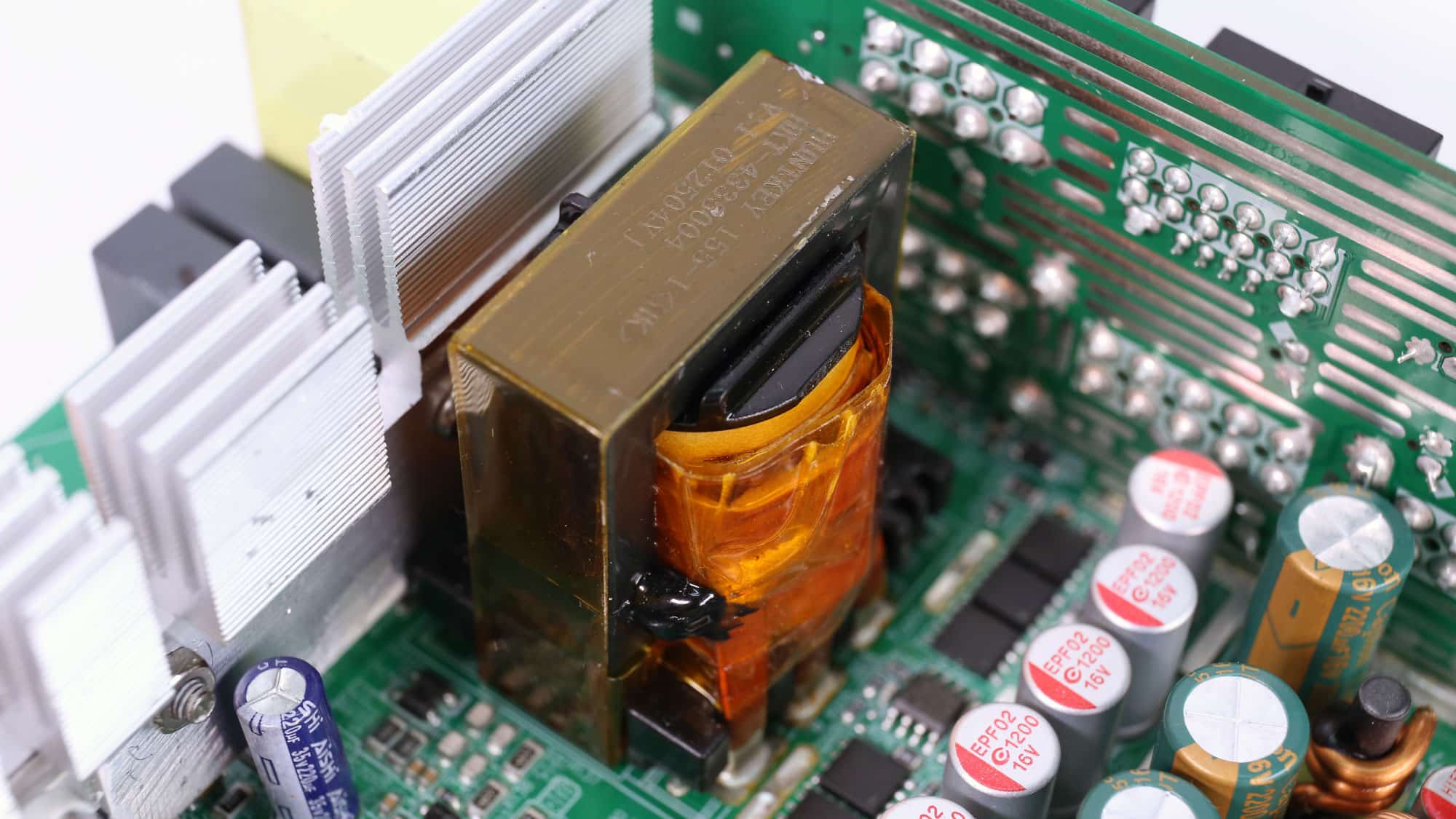
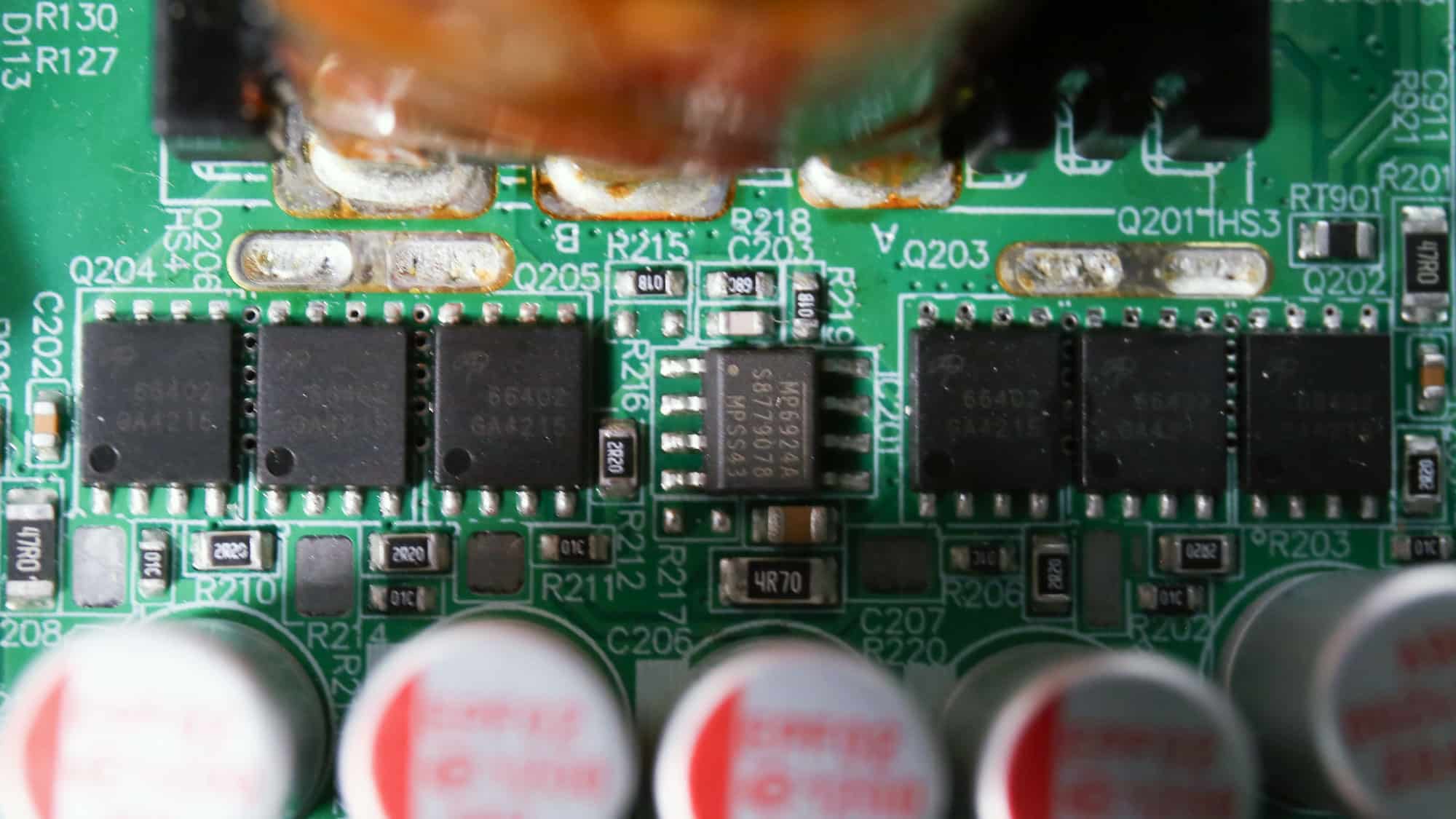

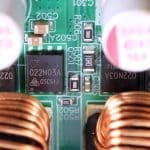
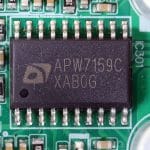
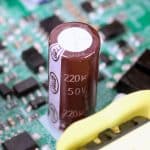
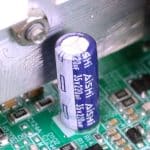
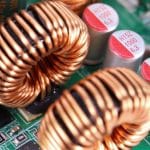
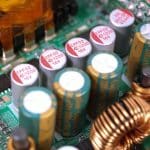
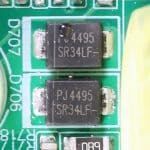
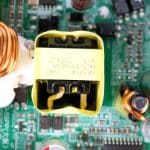
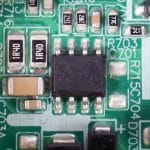
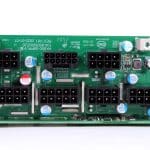
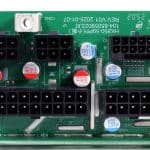
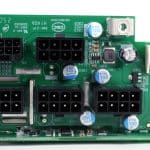
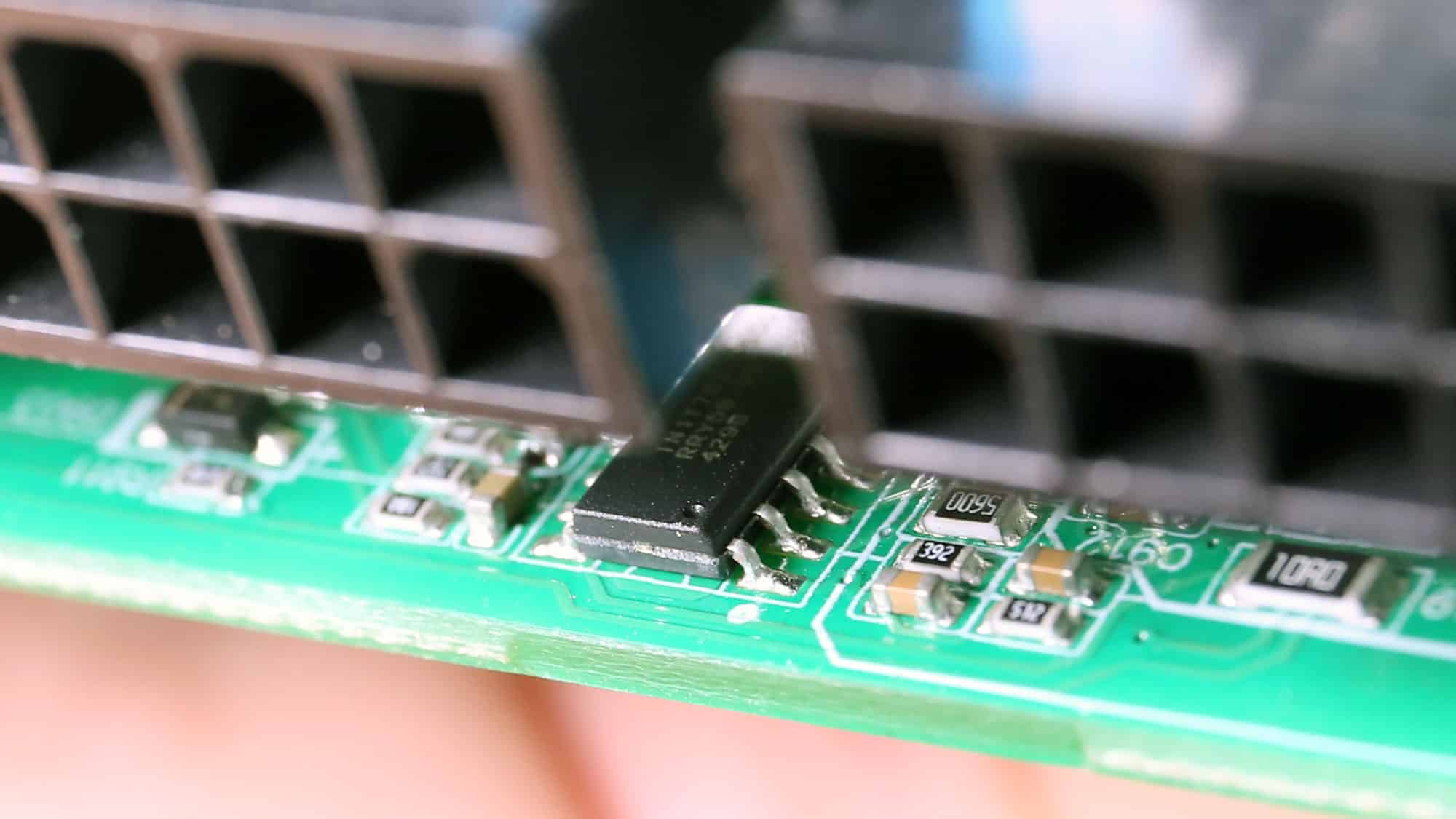
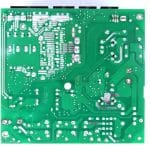
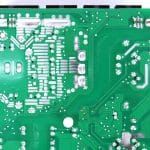

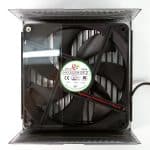
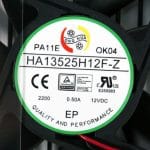
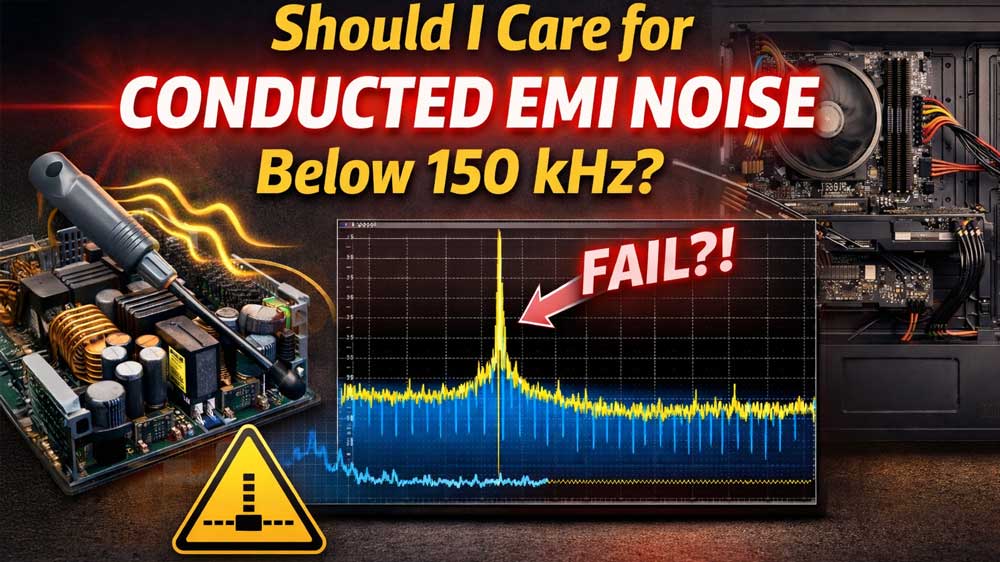
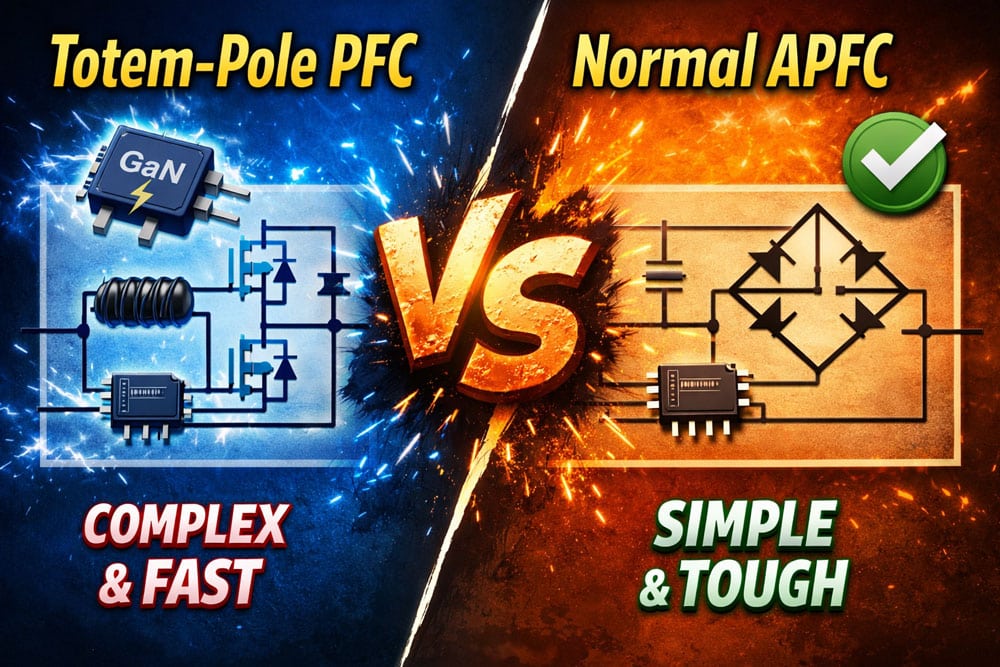
Is there much of a difference with the MSI MAG A750GL PG5 (without s). Is it recommended? Thanks.
The S model is notably less noisy.
Hey Aris, hope you are doing well. Im in Iran and we have power outages and spikes almost every day. I want to buy a power supply but I don’t know what to look for to reduce the risk of damaging my computer components. This PSU has good specs but poor hold up time. Can you please recommend me some 750W PSUs in this price range?
I would be VERY grateful.
Hi there! Hold-up time plays a significant role if you have a UPS device connected, so it provides enough changeover time from mains to battery. If not, then I am afraid it doesn’t help much. Look for the Corsair RM750x.
Thanks for your reply! 😀
No I don’t have a UPS.
Corsair is a great brand, but the model you mentioned is really expensive.
I know you’re very busy, but it would mean a lot to me if you could help further.
Here are my options: MSI MAG A750GL, Deepcool PQ750G, ADATA XPG Core Reactor II, Cooler Master GX II, XG750, and Thermaltake Toughpower GF3
May God bless you abundantly for your help. 🙏🏻
ADATA XPG Core Reactor II
Thank you!
Thanks again
So I just checked and seems like only the VE model is available meh
Okay found the Non VE version but also found two other options.
MWE V2 and The Corsair SF850L
Istg this is the last time im asking
Thanks a ton
Yello, I’m in India and only have two same priced PSU options: MSI MAG A750GL and Deepcool PN750M, everything else is priced at 1.5 to 2 times these psu. They are almost identical units, but I’m still confused which to get. Which would you suggest?
THANKS! 😁
MSI
Hi Aris, quick clarification, when I asked about the MSI A750GL vs PN750M (under the GLS review), did you mean the GL or the GLS model in your reply? I only have the GL variant available.
The one you had in your answer.